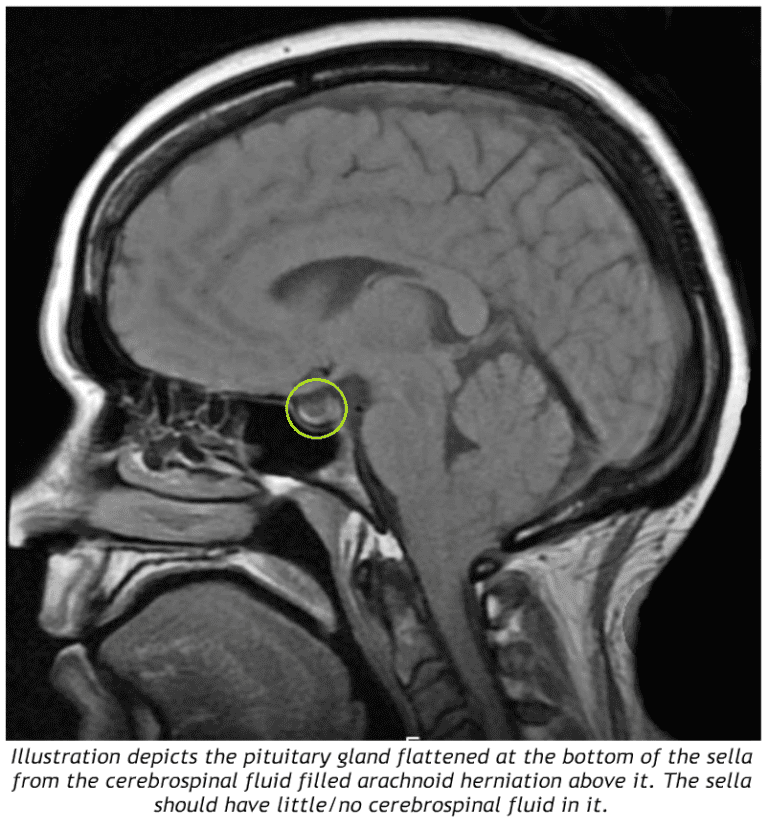

6 Of all psychiatric presentations, psychosis is relatively rare. DiscussionĪlthough most cases of Wilson’s disease present with hepatic symptoms, 10%–25% present with psychiatric symptoms and 20% present to a psychiatrist prior to diagnosis of Wilson’s disease. Significant improvement was seen in psychotic symptoms after 6-month follow-up (BPRS score: 22). The patient was referred to a pediatric neurologist for management and was prescribed penicillamine (750 mg/d divided dosage) along with dietary restrictions. Magnetic resonance imaging of the brain showed empty sella, but on further investigation, serum cortisol (basal and post adrenocorticotropic hormone), thyroid function, luteinizing hormone level, serum prolactin level, serum testosterone level, and 2D echo were found to be within normal limits. Laboratory investigations revealed that serum glutamic oxaloacetic transaminase/serum glutamic pyruvic transaminase/serum alkaline phosphatase levels were elevated, leading to suspicion of Wilson’s disease, which was later confirmed by the presence of Kayser-Fleischer ring in slit lamp ophthalmologic examination and low serum ceruloplasmin (14 mg/dL) and high urinary copper levels (120 mcg/24 h). No abnormality was found on the general physical and neurologic examination. His Brief Psychiatric Rating Scale (BPRS) 5 score was 50. On examination, the child was difficult to engage, had poor eye contact and incoherent speech, and was irritable throughout the interview. Due to presence of neuropsychiatric symptoms, he was referred to our department. However, no improvement was seen in any symptoms except for sleep and seizure frequency. The child and his parents had multiple consultations with psychiatrists and neurologists, leading to diagnosis of psychosis not otherwise specified and seizure disorder and initiation of treatment. Electroencephalogram findings were suggestive of generalized tonic-clonic seizures. Approximately 5 months after onset of the symptoms, he developed seizures. His parents sought psychiatrist consultation, and he was prescribed antipsychotics, but treatment was stopped after 2 months due to poor response. He was the third-borne child of a nonconsanguineous marriage and had achieved all age-appropriate developmental milestones.

There was no contributory family history, substance use disorder, or past psychiatric illness. His presenting complaints were decreased sleep, wandering aimlessly, nonsensible talk, aggressive and abusive behavior with or without provocation, reduced interaction with others, and poor self-care. He presented with a 1-year illness of acute onset and continuous and progressive course. Case ReportĪ 13-year-old boy from rural India studying in middle school grade 7 was brought by his parents to the child and adolescent outpatient department of our center. 4 This report presents a case of Wilson’s disease with psychotic presentation and empty sella syndrome. Presence of psychiatric symptoms in empty sella is uncommon, but there are some case reports of empty sella syndrome being present along with psychosis. 3 Empty sella syndrome is a condition in which the pituitary gland is not visualized in pituitary fossa on radiologic examination. 2 Wilson’s disease co-occurring with empty sella syndrome is scarcely found. 1 Although the predominant organs involved are the liver and brain, neuropsychiatric symptoms are not rare, and 30% of patients may present with behavioral abnormalities. Wilson’s disease is an autosomal recessive genetic disorder of copper metabolism with a global prevalence of 1/10,000 to 1/30,000.


 0 kommentar(er)
0 kommentar(er)
